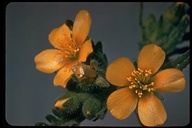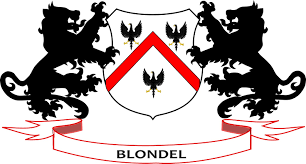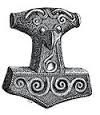


FIEF BLONDEL - ARMS MOTTO & FLOWER
Flower - Mentzelia L. – blazingstar
Blondel Arms from 1392
Jurisdictional Arms, Seals, Crests, and Banners of a Guernsey FiefSovereign Rights of the SeigneurIn the Bailiwick of Guernsey, a Fief remains one of the oldest functioning feudal jurisdictions in the world, governed under Norman customary law and under the Crown in right of the Duchy of Normandy. The Seigneur or Dame of a Fief holds not a mere honorific title, but a recognized legal dignity that includes certain enduring jurisdictional rights within the limits of Guernsey law. Among these ancient prerogatives is the jurisdictional right to the arms, seals, crests, and banners of the Fief itself. These are not personal heraldic grants, but the emblems of a territorial jurisdiction—in essence, the legal and symbolic insignia of the manorial court, known as the Court Leet. Jurisdictional Emblems, Not Heraldic GrantsThe arms and crests of a Fief arise from the inherent authority of the Fief as a
juridical entity, not from the personal lineage or petition of the Seigneur. This principle is grounded in Norman law and supported by centuries of customary practice:
Accordingly, the use of arms, seals, and standards is a matter of jurisdictional right, not heraldic privilege. The Court Leet and Seal of JurisdictionHistorically, each Fief in Guernsey maintained its Court Leet, a manorial court with limited administrative, policing, and
ceremonial powers. That seal, often engraved with the arms or device of the estate, served as the mark of legal jurisdiction and manorial sovereignty. Even in modern times, the seal may be used ceremonially on official correspondence, charters of recognition, or certificates of feudal ownership pertaining to the Fief. Banners and StandardsEach Fief traditionally displayed its banner or gonfalon, bearing the Fief’s crest or symbol, during court sessions,
parish events, or royal visits. Continuity Under Norman LawThe modern legal continuity of Guernsey’s Fiefs ensures that these rights—though now ceremonial—are legally preserved. The Royal Court of Guernsey recognizes the registration and conveyance of Fiefs as real property, maintaining a feudal roll that records ownership, transfers, and dignities associated with each estate. Thus, the arms, seals, crests, and banners of a Guernsey Fief remain part of the island’s living legal and cultural heritage: enduring symbols of local sovereignty, lawful jurisdiction, and feudal stewardship under the ancient customs of the Duchy of Normandy. | ||||||
Seigneur de la Fief of Blondel Lord Baron Mentz of Fief Blondel Geurnsey Crown Dependency Seigneur Fief of Blondel George Mentz Lord Baron of Fiefdom Blondel Freiherr of Fief Thomas Blondel Feudal Lord of Baronnie - Noble Fief Barony Friherre > Arms Motto Flower Seigneurs and Dames Travel Research Lord Paramount Feudal Barons The Seigneur Order Patron George Mentz Charter of Liberties Deed & Title Fief Blondel Islands Viking Kingdom Fief Worship Fiefs of the Islands ECS Extended Continental Shelf Styles and Dignities Territorial Waters Blondel Privy Seal Fief Bouvees of Fief Thomas Blondel Guernsey Court of Chief Pleas Fief Court Arms Motto Flower Fief de l'Eperon La Genouinne Kingdom of West Francia Fief DuQuemin Bouvée Phlipot Pain Bouvée Torquetil Bouvée Bourgeon Bailiwick of Ennerdale Channel Island History Fief Direct from the Crown A Funny Think Happened On the Way to the Fief Guernsey Bailiwick of Guernsey - Crown Dependency Confederation des Iles Anglo-Normandes Sovereignty Papal Bull Research Links Norse Normandy Order of the Genet Order of the Genet Order of the Star Est. 1022 Knights of theThistle of Bourbon Count of Anjou Fief Rights Blondel and King Richard Press Carnival Manorial Incidents Appointments of Seigneurs Store Portelet Beach Roquaine Bay Neustrasia Columbier Dovecote Fief Blondel Merchandise Fief Blondel Beaches Islands Foreshore Events Fiefs For Sale Sold Lords of Normandy Fief Coin Viscounts de Contentin Fief Blondel Map Feudal Guernsey Titles Board of Trustees The Feudal System Hereditaments Chancellor Flag & Arms Fief Videos Guernsey Castle Sark Contact Advowson Site Map Disclaimer Freiherr Livres de perchage Lord Baron Longford Income Tax Guernsey Valliscaulian Order Saint Benedict of the Celestines Society of Divine Compassion Dictionary Count of Mortain Seigneur de Saint-Sauveur Seigneur of Fief Ansquetil Top Success Books Datuk Seri George Mentz Order St. Benedict OSB Celestines Order of the Iron Crown Order of the White Falcon Colonel Mentz Order Red Eagle Order St. Louis Order Holy Ghost Order of Saint Anthony Order of the Black Swan Order of St Columban Order of the Iron Helmet Livonian Brothers of the Sword Fief treizième and Direct from Crown Valuation Fief Blondel Prince of Annaly Teffia
Feudal Lord of the Fief Blondel of the Nordic Channel Islands Guernsey Est.
1179
Feudalherr - Fief Blondel von der Nordischen Insel Guernsey Est. 1179
New York Gazette - Magazine of Wall Street -
George Mentz -
George Mentz - Aspen Commission - Mentz Arms
Counselor George Mentz Esq. - Seigneur Feif BlondelBaron Annaly Baron Moyashel Grants to Delvin About Longford Styles and Dignities The Seigneur Court Barons Fiefs of the Islands Longford Map The Island Lords Market & Fair Fief Worship Channel Island History Fief Blondel Lord Baron Longford Fief Rights Fief Blondel Merchandise Events Blondel and King Richard Fief Coin Feudal Guernsey Titles The Feudal System Flag & Arms Castle Site Map Disclaimer Blondel Myth DictionaryMentz Scholarship Program 101 Million Donation - Order of the Genet Knighthood |
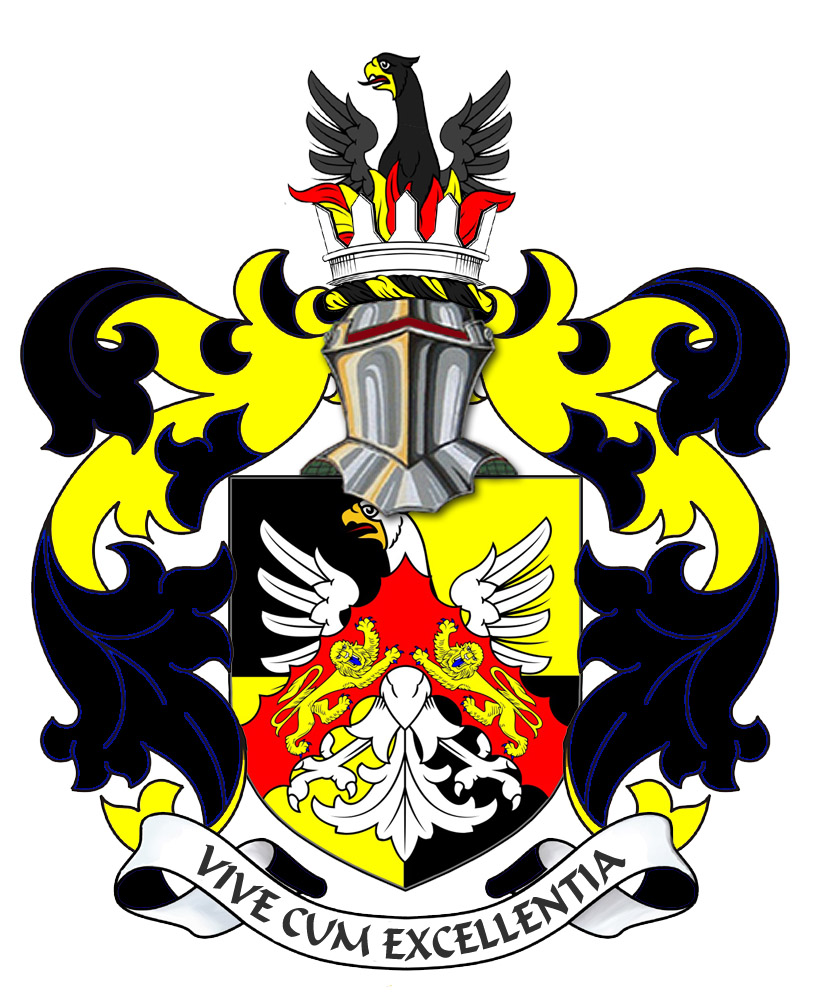
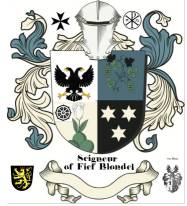

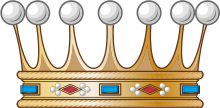

George Mentz Education -
Commissioner George Mentz
-
https://finance.yahoo.com/news/commissioner-george-mentz-clinches-influencer-180000705.html
-
George Mentz News -
George Mentz Net Worth - George Mentz Noble Tilte -
George Mentz -
George Mentz Trump Commissioner -
George Mentz Freiherren Count Baron -
George Mentz Global Economic Forum -
George Mentz Donates Millions
